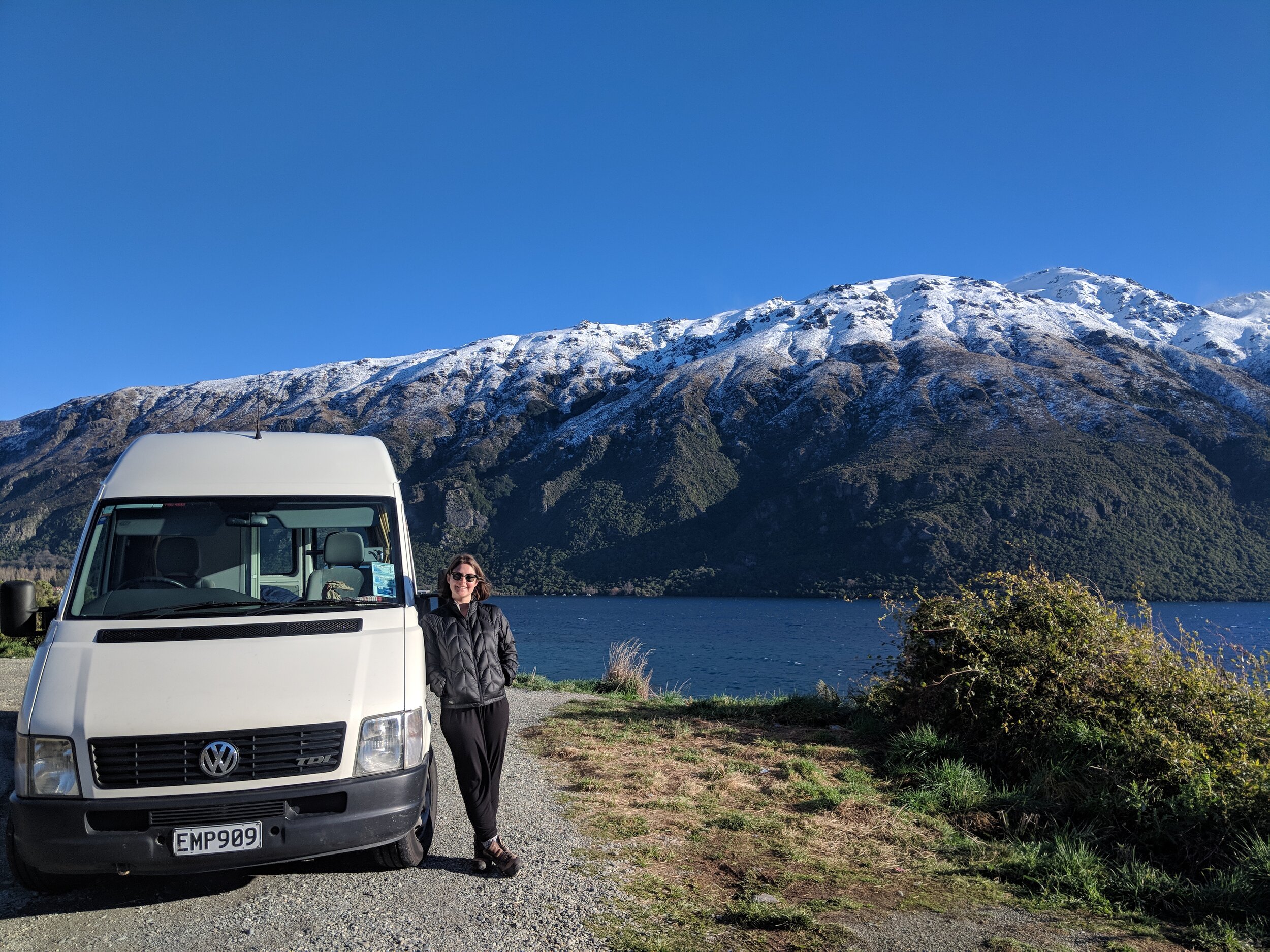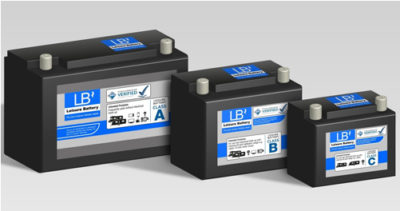Buying a Campervan - The Look Over
How to look like you know what you are doing when viewing a van
When viewing a campervan you need to consider really two aspects
- the motor vehicle (engine, body, tires) and
- the inside (electrical, fixtures and features).
So you’ve trolled through Auto trader, Gumtree and Ebay for months, you know what you want, you know how much you should pay and how many miles are reasonable for the make and model and you finally hit that ‘contact the seller’ button to view the vehicle in person.
You then realised you know nothing about cars…don’t panic - We’re here to help. Remember its easier to catch fly’s with honey than vinegar - be polite and courteous with your seller, often it will be someone selling a large piece of their life, memory and history so don’t be accusatory with your viewing - be inquisitive and curious.
MAKE SURE you have checked online for a vehicles MOT history for any advisories or fails and when the next MOT is due. If you are buying from Gumtree UK, Ebay or Auto-trader (the three most common sites) make SURE you can see the plates on the van so you can check and ask the seller about any suspicious notes on the MOT history. Also make sure the van has MOT at the time of sale.
Start with the Vehicle -The inside is no good to you if the mechanical side isn’t.
Check the engine compartment with the engine off and cold - I know - intimidating BUT I am a 5ft3 small statured woman and I have intimidated the pants off of some men with my apparent knowledge of an engine. Have a good look - is it relatively clean - you are looking for signs of build up of grease or fluid or rusting. Take a picture with your phone so you can have another look after the test drive. Check the fan belt for any fissures or cracking on the underside. Pull the dip stick out, wipe it clean and re-insert it. Check that the level is correct and the oil doesn’t look dark and dirty - these are signs it hasn’t been changed in a while. If the engine has been off a while, get a rag out and remove the radiator cap (be warned that it sometimes sprays due to pressure hence the rag) here you are looking for clean green coolant with no oily film or rust. If you see either then the head gasket may be a problem - a very costly problem. In some van’s it will be a coolant reservoir, a quick google of the model you are checking before hand will make sure you can check one or the other.
Check the underbody for rust or tar covering up rust. Take a good light or use your phone light and get down into the wheel wells where rust often occurs due to the salting of the roads. If you take a soft bendy fridge magnet this can help you
While you are down their ask where the vehicle is stored - check the ground for oil stains or any other fluid dripping.
Check all 4 tires for wear on the tread. On the side of a tire there will be a little marker saying TWI. In line with these little markers across the tire will be small raised lumps deep in the tread itself (sometimes called wear bars). What you are essentially checking is that there is AT LEAST 3mm of tread across all parts of the tyre OR that you cant reach any of the little bumps with your finger flat on the tread. Alternatively use a 20p coin and insert it into different parts of the tread (see below). It should obscure the boarder of the coin, if you can see the boarder than no dice. Check this out or this if you have no idea what I have just said.
Check the whole of the external vehicle for any damage or abnormalities - this includes THE ROOF! Especially if you are looking at a hi-top!
Ask to start it from cold to check the battery - if you get there and the engine is already running this should ring alarm bells. If alone, get the seller to start it and test headlights, high beam, indicators, tail lights and break lights. Spray water on the front windscreen and test the wipers. Turn on the AC full blast in the cabin at both hot and cold temperatures and check the cigarette lighter port or any other USB ports are functioning and will charge a phone.
Rev the engine in neutral check for any strange noises or rattles - you should be able to sit it around 2500 - 3000 RPM comfortably with no smoke or unusual noises.
Take it for a drive to get a feel for the wheel alignment - you are about to make a big investment, you have the right to take the vehicle for a drive - just remember you are liable for anything that occurs whilst driving so if you aren’t confident get the seller to drive as you sit in the passenger seat. Make sure to stop on a hill and test the handbrake for slippage in neutral.
Ask if it has had a damp check at the last service and what percentage reading they got. Anything up to 15% is considered normal.
now the inside
1. Water - A couple of things here - you need to check Fresh and wastewater tanks in a self contained camper. Get the seller to show you the input and output points for these tanks and check for leaks and strange smells. Inside, you want to run water out of any taps that need the water pump to ensure the pump is functional. Ask for the location of the pump and any troubleshooting the owner has found (including the location and brand of the pump). You also need to check the hot water heating system. Most campers use a trauma LPG systems that is either instant or heats a tank of water (boiler) for use. If you have you phone handy - google common issues with the brand in the Van and ask specifics about it. Finally make sure that the water hose for input and output come with the van or ask to see them so you can purchase the appropriate size from an RV shop.
2. Gas - Both hot-water systems and gas hob cooking rely on a swappable or refillable LPG (or GPL in Europe) gas bottles to run. If the van is a professional conversion there should be a gas locker accessible from outside of the van. If not, you need to make sure the bottles are stored someplace secure and that any hosing is new and undamaged - check the visual condition of flexible gas hoses and regulator connections. Ask if the gas bottles are UK to EU compatible or if they have the conversion fittings for the EU. If the brand is Calor you can not exchange it in the EU and will need to account for additional cost if you want to buy the van. Check out the camping and caravanning club for more on this.
3. Electrics - First thing is the supply cable a long cord (hook up) that extends from the van to a power outlet in a caravan park. Check that it is there, that it is in tact and an orange colour (for safety) and that the RCD (residual current device) is off before hooking it up. Also ask if they have a continental adapter lead for two prong sites in the EU - might be an added extra otherwise very easy to pick up in a caravan shop. If all is well here, move to the inside. Ideally there will be an electrical control panel in the van somewhere - each van is different so you will need to get the seller to walk you through this.
4. Most vans will have a 12V Leisure Battery - this provides a steady stream of electricity to the inside of your van (lighting or any electrics). Ask when the last time the Leisure battery was replaced and if it is Lead-acid or Gel. Electrically - there is not much difference and you will find Lead-acid to be more common but Gel has the advantage of being safer and needs no maintenance liquid component of the battery is, well, gel…so no spillage or topping up with deionised water like its lead-acid companions. For the Lead Acids also check they are securely mounted and its gas escape vent fitted correctly to discharge to the outside of the van. If the battery has a category or class on it from the NCC with Class A being for long periods away from a hook up and class C being the opposite. Ask how frequently the Leisure battery is charged, a battery kept in a good state of charge lasts much longer than if discharged somewhat.
Electrics inside the van - ask where ALL OF THE FUSES ARE or for a schematic of the electrical wiring onboard this will be a lifesaver on the road. Ideally the water pump, and lighting and powerpoints are the primary things to check out. Make sure everything works - plug your phone into all of the sockets and see if it charges.
5. Solar panels - there is a huge range of solar panel hook ups on off grid campers - ask your seller about installation and maintenance - there should be a monitor somewhere in the van that shows you uptake and rate of charge for your leisure battery.
6. CO detector - a must - make sure it is there and working.
7. Fixtures and Fittings - Check EVERYTHING - on and off and open and close. Turn on gas hobs - they should be blue, cupboards (and latches to keep them shut whilst driving), water taps and electrical switches, set up the bed and pack it away, lay on it, open the back doors, slide the side door and check for any hitches or difficulty closing from inside or out, check both cabin doors, try any power windows, try the spacer or diesel heater, blinds or curtains easy or setting up and ability to block prying eyes, plug a charger into every possible socket, test the radio and any other things specific to your van.
8. Storage - hopefully you have already had a good assessment of the storage from pictures online but make sure that the size is appropriate for what you need when you get there.
9. Ask if there are any other specific ‘quirks’ or ‘hacks’ they found useful - they are the owner and should know the van inside and out, listen to them and take down anything they say. Asking about spare or replacement head and tail lights and how to replace them is always a good one to know.
Finally always call it out if it doesn’t check out - go with your gut - things like low miles but bald tires or owners not being able answer reasonable questions. You’ll know what I mean when you see it.
Got more tips or questions? Is there something we’ve missed? Comment below!











A 'how to' for catching the car ferry across the Adriatic including advice on deck passage and other helpful tips and tricks we learnt on our journey. Taking a campervan, RV or motorhome by ferry saves a lot of kilometres but read here first to be best prepared for the reality of the overnight Croatian ferry!